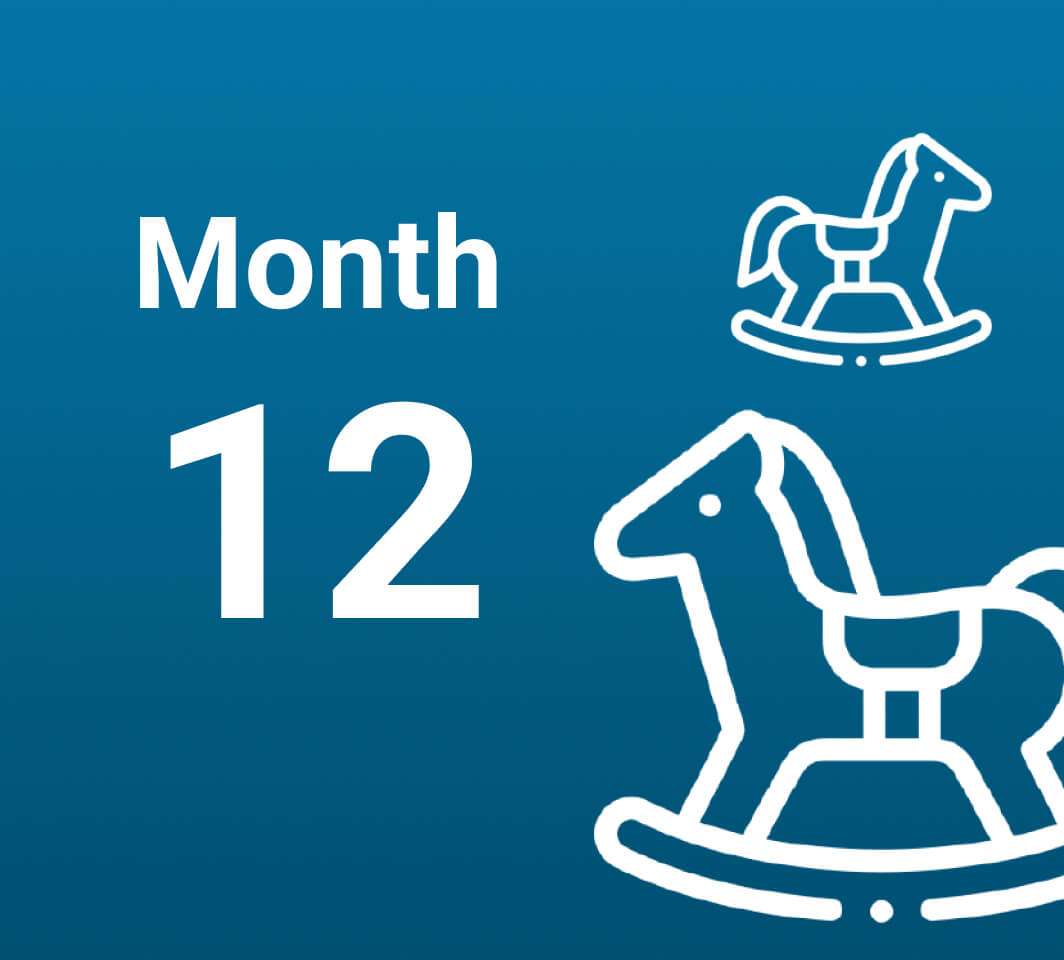Safety For Your 12-Month-Old Baby
With her added dexterity, increasing mobility, and expanding curiosity, she’ll soon be reaching and grabbing for everything. Keeping her safe (and your stuff protected) is a constant vigil.
Researching and implementing some baby-proofing strategies and techniques will make everyone’s lives a lot easier, safer, and more enjoyable. And did we mention safer?
Your baby might be exploring your home more than ever before. Whether she’s cruising around the living room furniture, standing on her own, or climbing up (but not down) the stairs, consider taking new steps to keep her safe. It’s a good idea to install safety gates or other barriers at the top and bottom of stairs. Here are some other tips to help keep your baby safe:
- Clear her play area of hard, sharp-edged furniture.
- Lower her crib mattress so she can’t crawl out or fall while she stands.
- Install childproof locks on drawers, screens, doors, and windows.
- Move pots and pans containing hot foods away from counter and table edges.
- Insert plug protectors in any unused electrical outlets.
- Store toxic substances (like household cleaners and products).
If you haven’t already, now is a good time to make sure you’ve taken all the baby safety measures you can.


